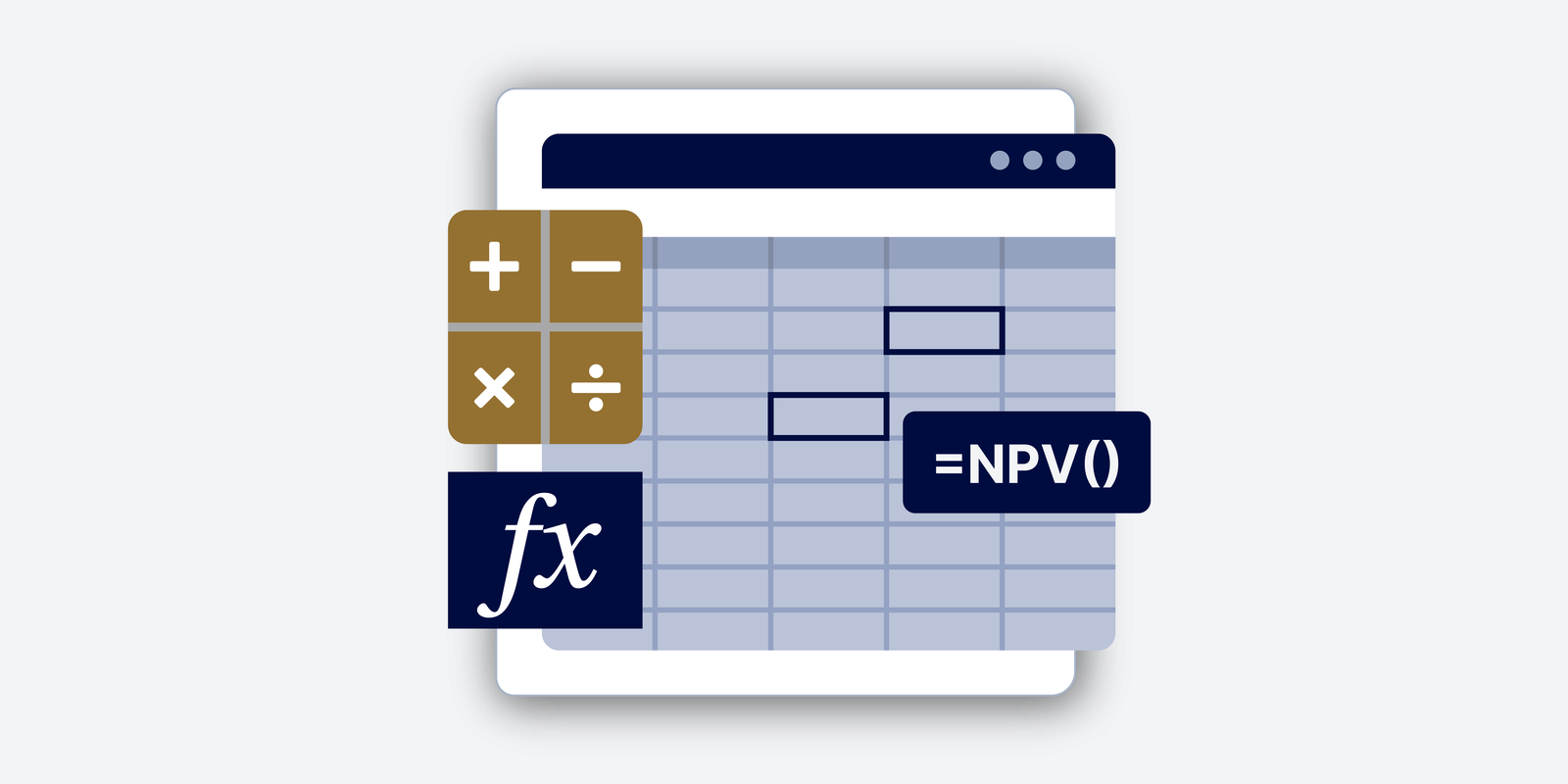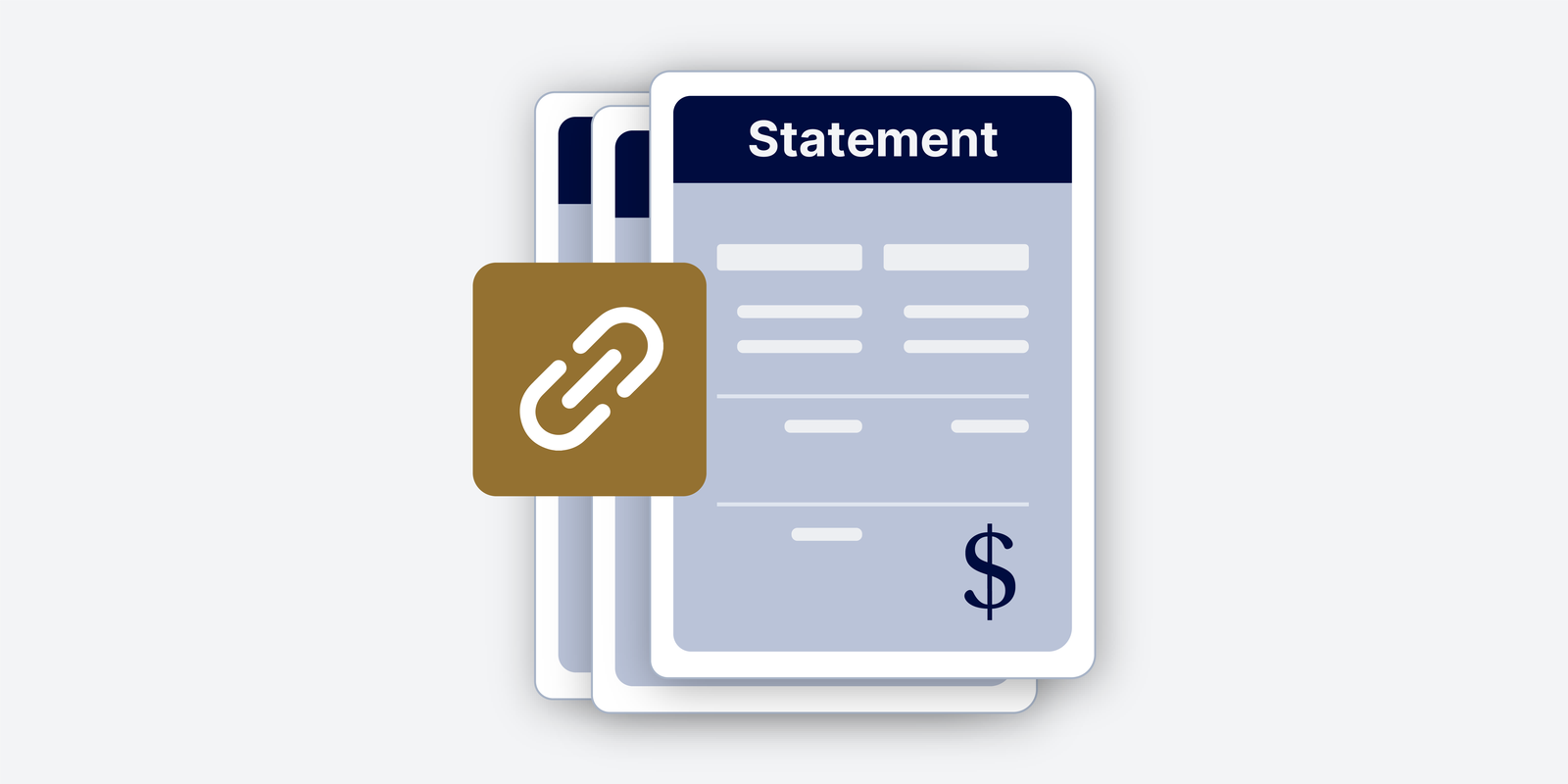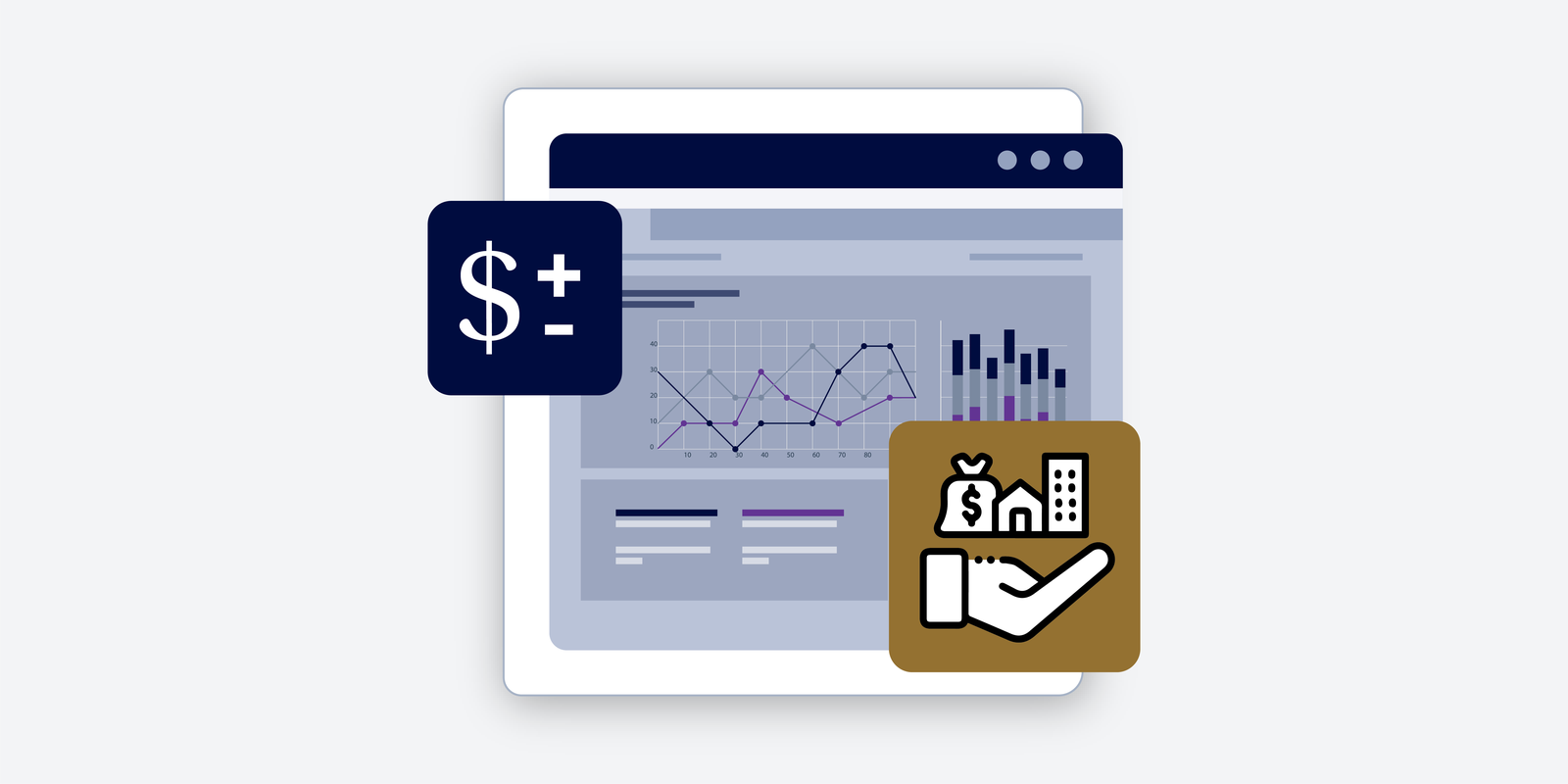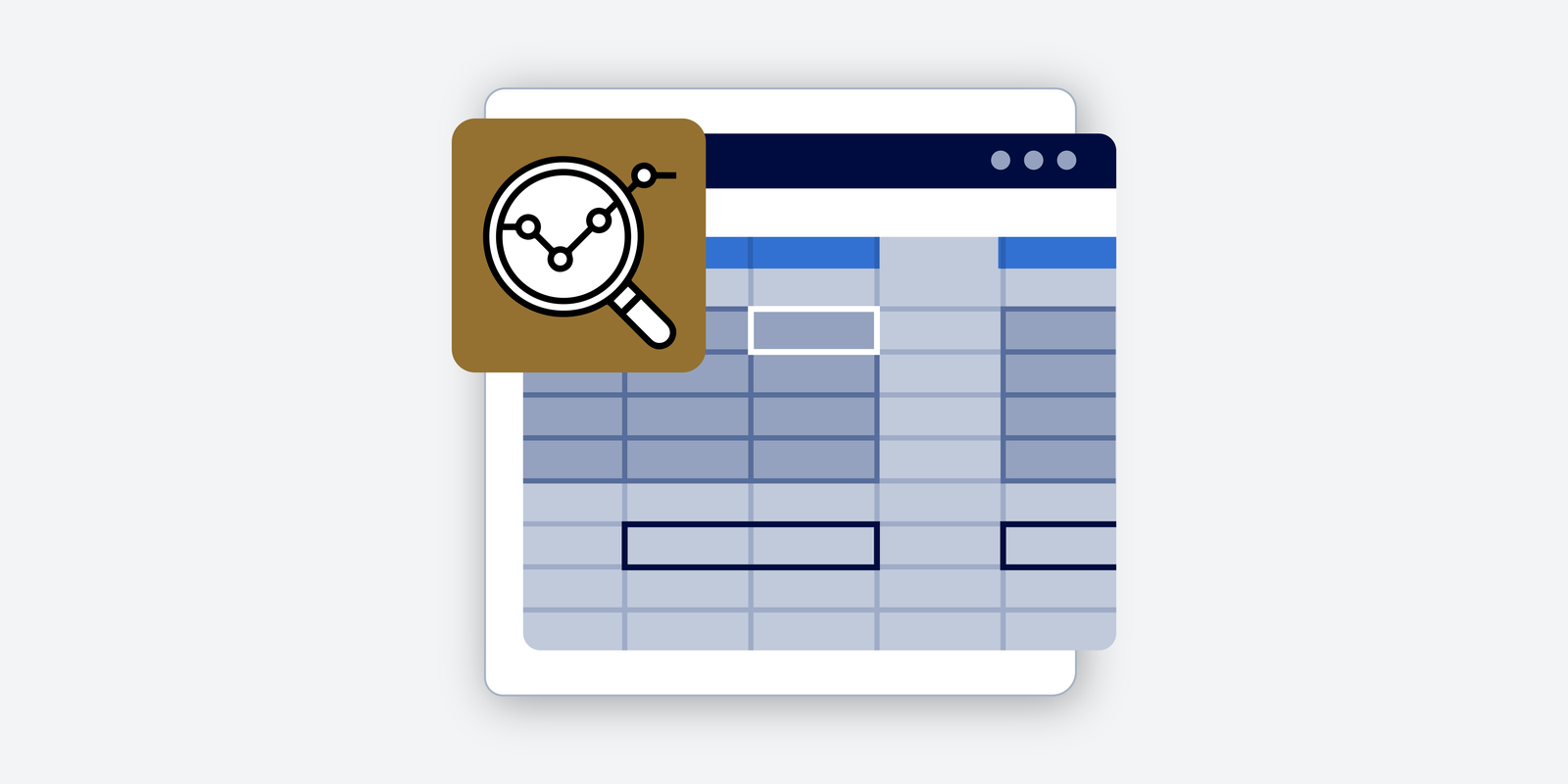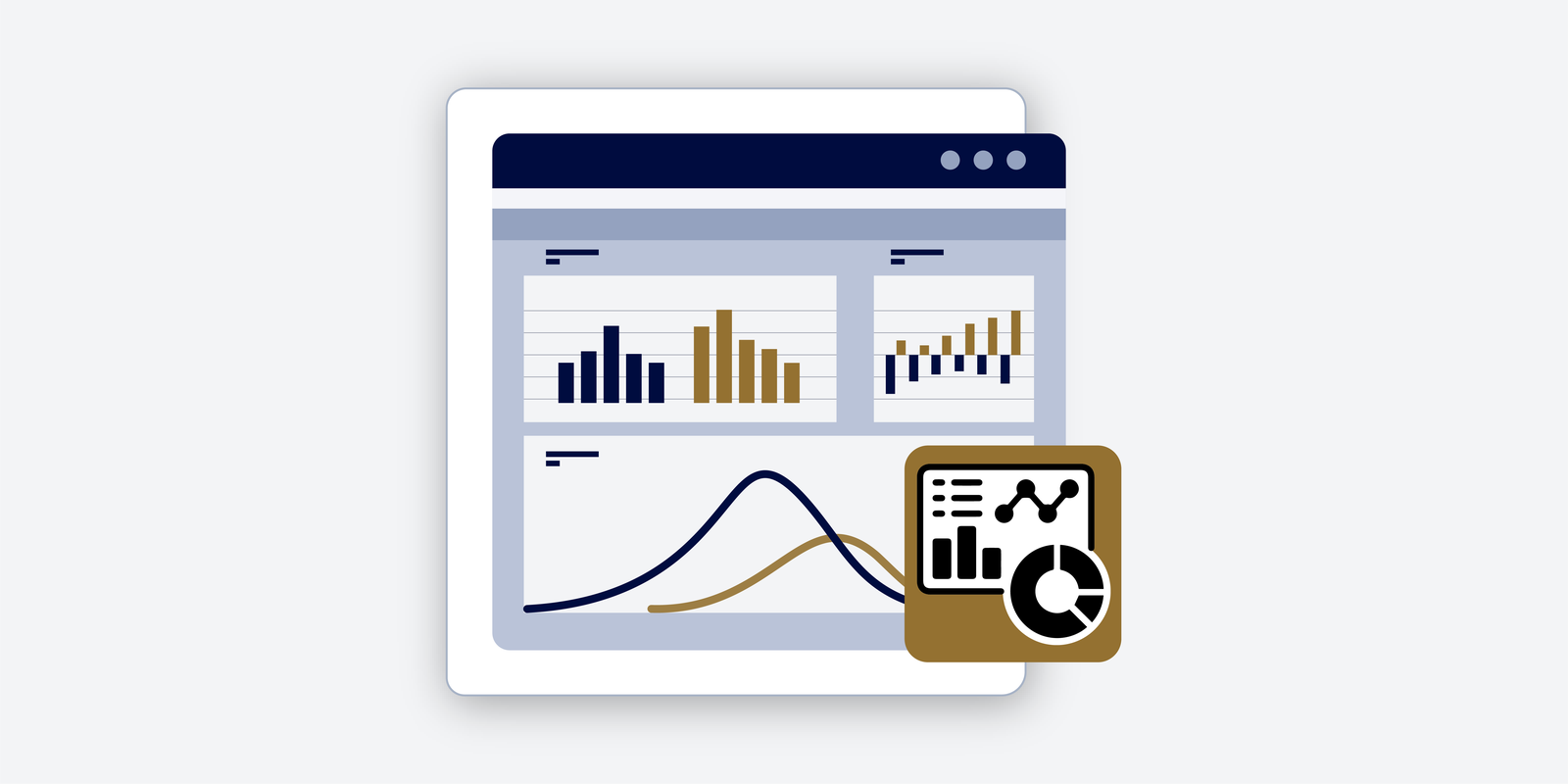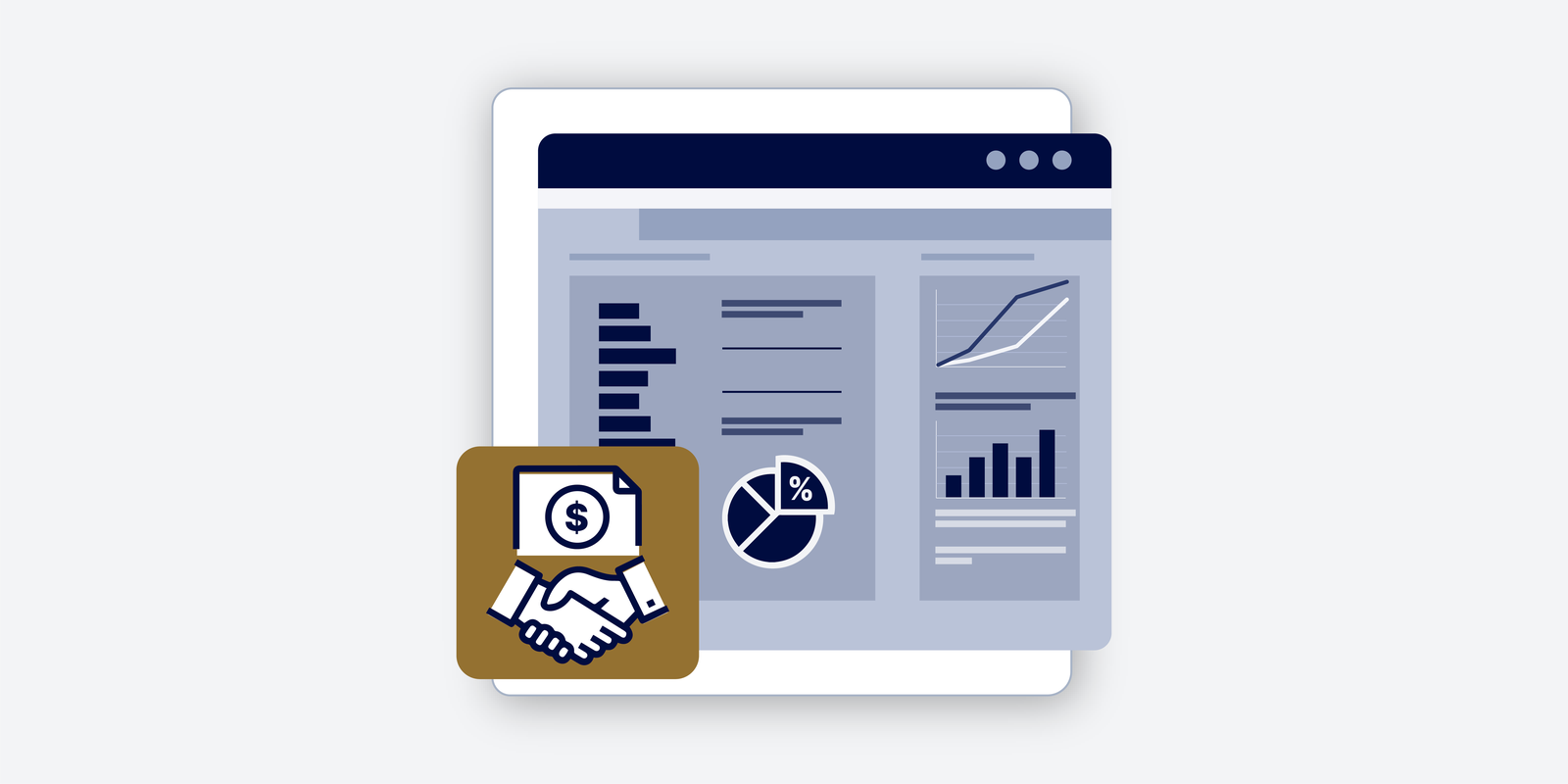Corporate Finance Explained | Cost-Benefit Analysis for Data-Driven Decisions
Cost-benefit analysis (CBA) is more than simple math—it’s the cornerstone of smart business decisions. In this episode of Corporate Finance Explained, we dive deep into how companies weigh financial trade-offs, avoid common pitfalls, and use CBA to drive strategy. Learn how leading firms like Amazon, Tesla, Apple, Ford, and Quibi used (or misused) CBA to shape their success—or struggle.
Transcript
Okay, so, you know, cost-benefit analysis. On the surface, it just sounds like, you know, kind of like simple math, right? Weighing the pluses and minuses. But if you’ve ever had to actually make, you know, big financial decisions, you know, in a company, you realize pretty quickly that it’s a lot more complicated than that. And you’ve probably seen it yourself, you know, with the spreadsheet where like the answer seems really obvious. But then, like in real life, it just never quite works out the way you think it will. Well, you know, when we’re talking about cost-benefit analysis in corporate finance or CBA, as we sometimes call it, CBA, we’re really looking at a way to figure out if something’s going to make sense. Right. So this could be like a major investment. You’re buying a big piece of equipment. Or it could be that you’re changing how you do things, like with automation.
(…)
Or even, you know, messing with the structure of a team. Right, changing who reports to who, that kind of thing. Yeah, exactly. Yeah. But the goal is to try to figure out will this actually generate more value than it’s going to cost us. And it’s kind of surprising how much stuff this applies to. It is, yeah. I mean, we think about like these huge, you know, company-wide decisions, but it can be used for like, you know… Oh, absolutely. Should we upgrade our email system? Or, you know, should we go into a totally new market? You got it. All of that can be evaluated with CBA. That’s right. And the trick really is to look beyond just the simple numbers. Okay. Like a really good CBA, you know, pushes you to think about things that are less obvious. Like… Like what are we missing out on if we choose option A over option B? Okay. What are the long-term impacts? Right, right. And does this actually fit with what we’re trying to do as a company? Okay. So it’s using data, but it’s kind of, like you said, taking it a step further. It’s not just your gut feeling. Okay. So let’s talk about some of the reasons why these analyses sometimes go wrong. Because we’ve all seen it, I think, you know. You get this beautiful spreadsheet. Everything looks great. And then in practice, it just totally blows up. Yeah. Well, one of the biggest traps is something called confirmation bias. Oh, yeah. I’ve heard of that. It’s basically this natural tendency to look for information that backs up what you already think. It’s like if you really want to do something, you only see the good stuff. You find the data that makes you feel good about it. And ignore the bad stuff. Yeah. And, you know, it’s interesting. Even if you try to be objective, like with a blind review, it can still sneak in. Really? Yeah. If the way the analysis is set up kind of leads you in a certain direction. Oh, so it’s like… Yeah. And then you can ask the question, can kind of bias it. Exactly. Yeah. You’ve got to be really careful about how you structure that review process.
(…)
It’s almost like you need someone whose job it is to poke holes in it. Like a devil’s advocate, kind of. Yeah. But with like really specific questions. You know? Okay. Not just being contrary. So that initial framing is super important. Huge. Yeah. Okay. So what else can go wrong?
(…)
Well, another thing is, you know, we’re often really bad at seeing those less tangible costs.
(…)
Like we can add up the money we need to spend upfront or how much it’s going to cost to keep things running. Right. Right. But what about like employee morale? Oh, yeah. If this project is going to shake things up internally. Yeah. People get stressed out. Yeah, exactly. Or what if it hurts the company’s reputation? It’s hard to put a dollar amount on those things. Right. But they can definitely hit you in a wallet later on. For sure. For sure. So like fixing too much on the short term can be a problem too, right? Oh, absolutely. Okay. We get so fixated on that immediate return on investment. Uh-huh. That we miss out on things that might be slower to pay off. But that could be like game changers in the long run. Exactly. Think about something like fundamental research. You know, research and development. Yeah. That immediate ROI might look pretty bad. Uh-huh. But that’s where all the breakthroughs come from. Right. It’s like the foundation for everything. Exactly. And you got to stay competitive. So true. So true. It’s not always a straight line. No. From like putting the money in. Uh-huh. To seeing the benefit, right? It’s not at all. You know, we tend to think of it as invest this much, get this much back. Like a nice neat little graph. Yeah. Yeah. But in reality, sometimes it’s more like exponential. It takes a while to get going, but then it explodes. Uh-huh. Or the good stuff might not show up for years. Okay. So you got to be aware of that. You really do. That it’s not always a linear thing. Yeah. Okay. And then there are those projects that just keep going and going, even when all the signs are saying like, “Stop.” That’s the sunk cost fallacy. Yeah. It’s like we’re so attached to all the time and money and effort we’ve already put in that we can’t walk away. It’s like throwing good money after bad. Yeah. Even when a good objective CBA would say, “Cut your losses.” Right. Right. It’s hard to let go. It really is. Okay. So we’ve talked about some of the pitfalls. Yep.
(…)
And some real companies. Sure. And see how this plays out in practice. That’s good. Let’s start with what looks like a success story. Okay. Amazon. Yeah. And their push for one-day delivery. Well, that was a huge decision. Uh-huh. And I guarantee you they did a massive CBA on that. Right. I mean, the costs were just incredible. Oh, yeah. Building out that whole delivery network. Uh-huh. Setting up new warehouses. Like from scratch. Yeah. It got so much more complicated. And we’re talking billions of dollars, right? Oh, yeah. For sure. I remember thinking at the time, like, how can they possibly make this work financially? But the benefits they were hoping for. Uh-huh. And that they pretty much got. Yeah. Were huge.
(…)
Customers got way more loyal.
(…)
Prime memberships went through the roof. Right. And it really cemented their position as the leader in e-commerce.
(…)
So they’re CBA, you know. Yeah. It’s incredibly complex. Yeah. Looking at all sorts of different scenarios. Yeah. Like, how many people would sign up for Prime? Right. How many would stick with it? Okay. Because they had to make sure that even with those crazy upfront costs. Yeah. The benefits down the line would be worth it. It was a gamble. It was a big one. But a calculated one? Yeah. They had the analysis to back it up. Okay. So that’s a case where it looks like it really paid off. It does. Yeah. Now, let’s talk about Quibi. Okay. That didn’t go so well. That was interesting. They had all this hype. Mm-hmm. Over $1.75 billion in funding. Wow. Some big names attached to it. Yeah. And the idea, you know, short, high-quality videos on your phone. Yeah. Didn’t sound crazy. No, it made sense on paper. You could say they were betting on owning that mobile video market. Uh-huh. Getting people to pay for their content. So where do you think the CBA went wrong? I think they just misread the market. Mm. People would pay for these short videos. Okay. When they could already get stuff for free on YouTube or TikTok. Right. And maybe they didn’t realize that people actually like watching things on bigger screens. Especially when it’s for entertainment. Exactly. Yeah. So the subscribers that we’re counting on never showed up. Yeah. And all that fancy production and marketing. Yeah. They just burned through their money. So it’s a good reminder that even if the math looks good, if your basic assumptions are wrong, the whole thing falls apart. Totally. It’s all about those inputs. Okay. Let’s switch gears. Yeah. And talk about a company that’s known for making huge investments. Okay. Tesla. Yeah. And those massive gigafactories they’re building. Oh, those are something else. Yeah. I mean, the upfront costs are mind-blowing. Billions and billions of dollars. For construction and equipment and just getting them running. Yeah. And that’s all money going out. Right. Right. In the short term.
(…)
About whether they could even afford it. Oh yeah. For sure.
(…)
But Tesla’s thinking long term. Their CBA is all about the future. Okay. They’re betting on getting way more efficient by producing its scale.
(…)
Lowering their battery costs by doing everything in-house. Okay. And having more control over their supply chain. So they’re willing to take that short-term hit. Yeah. Because they think it’ll pay off big time later on. Exactly. The dominant player in the EV market. Okay. So a long-term vision is driving those massive upfront costs. You got it. What about Apple and their decision to start making their own chips? Oh yeah. That was a big move. Right. I mean, moving away from Intel. Yeah. And developing their own M1 chips. That R&D is not cheap. No, definitely not. But the benefits are huge. Right. Well, now they have so much more control. Uh-huh. Over how their hardware and software work together. Defense and efficiency have gotten way better. Uh-huh. And they’re saving money in the long run. By not having to buy from Intel. Exactly. But it’s more than just the money. Okay. It’s about strategy. They’re in charge of this core technology now. Right. Which means they can innovate in ways they couldn’t before. So that strategic control. Yeah. Has value. Absolutely. Even if it’s hard to quantify. It might not have a dollar amount attached to it. Uh-huh. But it’s definitely a benefit. Let’s look at one more company. Sure. Ford. Okay. And they’re pushed into electric vehicles. That’s a big shift for a traditional car company. Uh-huh. They’re investing billions. Yeah. To ramp up EV production. Uh-huh. But they’ve still got their old factories and all the costs that go with them. Right. Plus, they’re building new EV factories. Uh-huh. Doing a ton of research on batteries. Yeah. And setting up whole new supply chains. That’s a lot to juggle. It sounds really complicated. It is. S,o how do they make sense of it all? Well, their CBA is all about looking ahead. Uh-huh. They’re trying to figure out how many people are actually going to buy EVs. Right. How fast is battery technology going to improve? Uh-huh. And what are governments going to do about emissions? So they’re basically betting on a whole new market. They are. And their CBA has to show that it’s worth it. Yeah. They’ve got to justify those investments. Okay. So these examples show us just how important a good CBA is. It really is crucial. So if you’re in finance. Yeah. And you’re either doing these analyses. Uh-huh. Or you’re the one making decisions based on them. Right. What are the key steps? Well, the first thing is you got to be crystal clear about your goals. Okay. Like what are you actually trying to achieve? What problem are you solving? What’s that saying? Or what opportunity are you trying to grab? Yeah. If you don’t know that, you can’t figure out what costs and benefits even matter. Right. You’re just shooting in the dark. Yeah. Okay. So what’s next? Once you know what you’re aiming for. Yeah. You get a list out every single cost. Every single one. As much as you can. Yeah. Okay. And that means not just the obvious stuff like how much the equipment costs. Yeah. Or what you’re paying people. Right. The day-to-day stuff. Yeah. But also the opportunity costs. Oh, right. What else could you be doing with that money? Uh-huh. What are you giving up by choosing this path? So like with Tesla. Yeah. All those billions they spent on gigafactories. Right. They couldn’t cause that to buy another company or invest in something else. Yeah. And that’s a cost. Okay. So don’t forget about opportunity costs. Oh, it’s a big one. Okay. And then on the flip side, you’ve got the benefits. Right. You’ve got to quantify all of those. So that’s stuff like? Yeah. Like how much more revenue will this generate? Uh-huh. Will it save us money by making us more efficient? Okay. Or will it give us some kind of strategic advantage? Hmm. Like a better reputation or a stronger position in the market. And I guess the timeframe matters too, right? Oh yeah. You’ve got to decide what your evaluation period is. Like? Like are we looking at one year, three years, 10 years? Okay. It depends on the project. Right. Some things are quick wins. Others take a long time to pay off. And that evaluation period affects your calculations. Hmm. Especially when you’re factoring in the time value of money. Okay. And we have to remember. Yeah. That the future is uncertain. Oh, absolutely. You can’t predict everything perfectly. So how do you deal with that? Well, you assign probabilities. Hmm. What are the chances of hitting our best case scenario? Okay. What about our worst case scenario? Right. So you’re basically saying, “We’re not sure what’s going to happen, but here are the odds.” Exactly. And then because those benefits and costs happen at different times? Especially with those long-term projects. Uh-huh. You got to use discounting. Oh. So that’s basically a way of saying, “Money today is worth more than money tomorrow.” Because you can invest it and make more money. Exactly. So discounting lets you compare future benefits to today’s costs. Okay. So it’s all about making a fair comparison. You got it. Okay. Well, once you’ve got your numbers, you got to do a sensitivity analysis. Okay. It’s basically playing what if.
(…)
What if our costs are 10% higher than we thought? Okay.
(…)
And then people don’t buy our new product as fast as we expected. So it’s about seeing how much the outcome changes if your assumptions are off. You want to know how sensitive your results are. Okay. Makes sense. And then finally, you got to document everything. Everything. All your assumptions. Why is that so important? Well, for one thing, it makes things transparent. Okay. So everyone involved knows what you were thinking. It helps get people on board. Right. And if things change down the line, you can go back and adjust your analysis.
(…)
So it’s not just a one-time thing? No. It’s a living document. Okay. So CBA isn’t just for the finance department, is it? Oh, definitely not. It’s part of strategy for the whole company. Yeah. FP&A teams usually take the lead, but it’s used for all sorts of decisions. Like deciding whether to buy new equipment or maybe acquire another company or upgrade your IT systems or even figure out your HR strategy. Wow. Everywhere. Pretty much. And as you get more senior in finance, it’s not just about crunching the numbers. It’s about understanding where those numbers come from and maybe even challenging them.
(…)
That’s where the real value is. Exactly. Okay. So, what are some tips for finance teams who want to do this really well? Well, one thing is to use driver-based modeling. What’s that? It’s about breaking down your costs and benefits and figuring out what drives them. Lik,e if you’re projecting sales, what are the factors that are going to affect that? Things like your marketing budget, how many people visit your website, how many of those people actually buy something? Building your model around those drivers makes it much more insightful. You can see what levers to pull. Exactly. And it’s not just about the numbers. No. You got to think about the qualitative stuff too. Things like brand reputation, employee morale. How well does this project fit with our overall strategy? Right. But those are hard to measure. They are. Yeah. You might not be able to put a dollar amount on them, but you still have to consider them. How would this project affect our brand? Will it make customers trust us more? Or will it hurt us? You might not know exactly how much money that’ll mean, but it’s still important. Okay. What else? We’ll involve other people early on. Let’s just do this in a silo. Talk to people in operations marketing sales. Get their input on the costs and benefits. Because they’re the ones who are actually doing the work. Exactly. And they might see things you don’t. Right. Right. So multiple perspectives are really helpful. They really are. And remember, scenario planning.
(…)
Test out different possibilities. What if everything goes perfectly? What if things go really badly? So, best case and worst case. It helps you understand the range of outcomes. Now the risks involved. Exactly. And one last thing. Always compare your project to doing nothing at all. Sometimes the status quo is actually the worst option. But you got to consciously consider it. Right. Right. So the finance team’s job is bigger than just number crunching. It really is. It’s about strategy. The best finance people are strategic partners. They help guide the whole company. And CBA is a powerful tool. It really is. For making those decisions. If you use it right. So it’s not just about whether the numbers add up. It’s about confidence, alignment, and creating value for the company. It’s exact. Whether it’s a huge change or just a small improvement. You got it. So the next time you’re facing a big decision, think about those underlying assumptions. Really dig into them. That’s where the real power of CBA lies. Absolutely.
